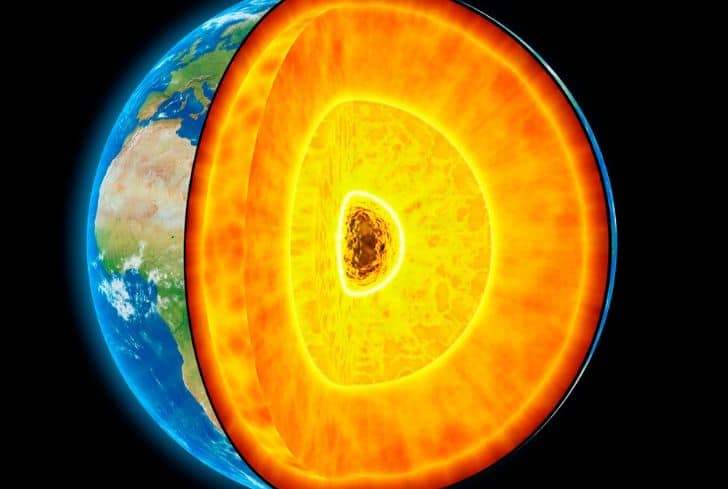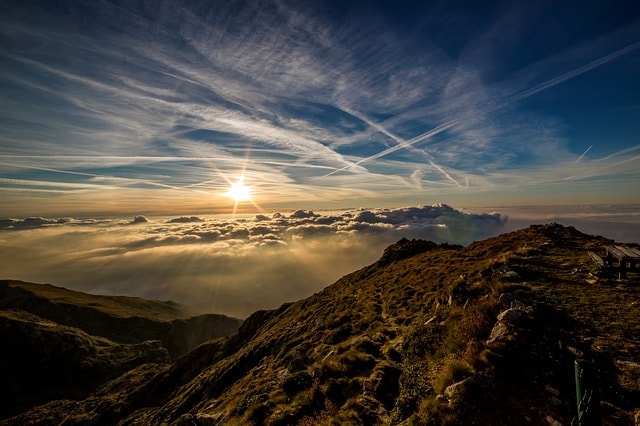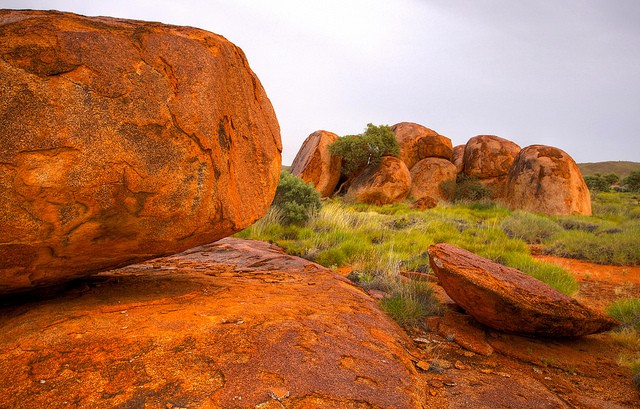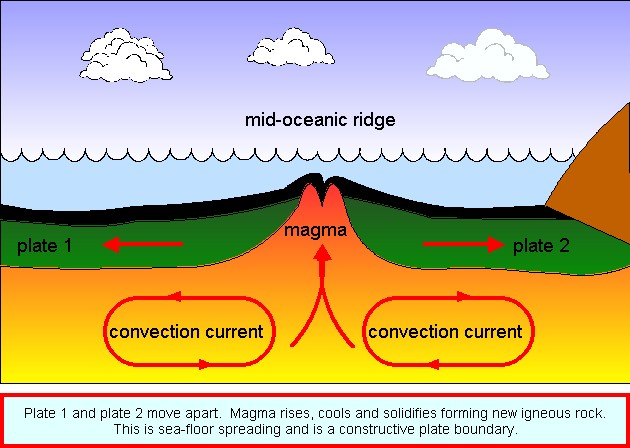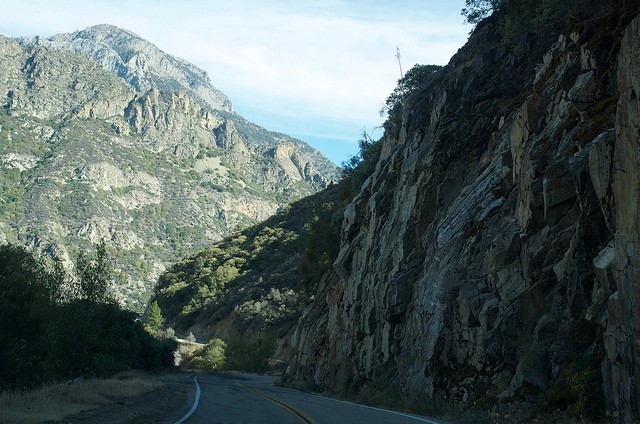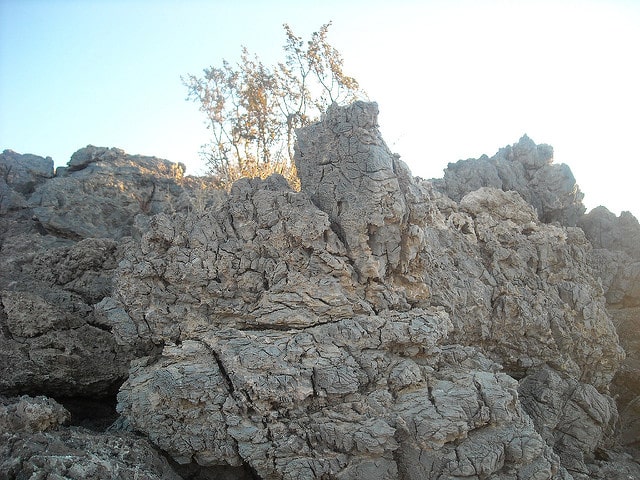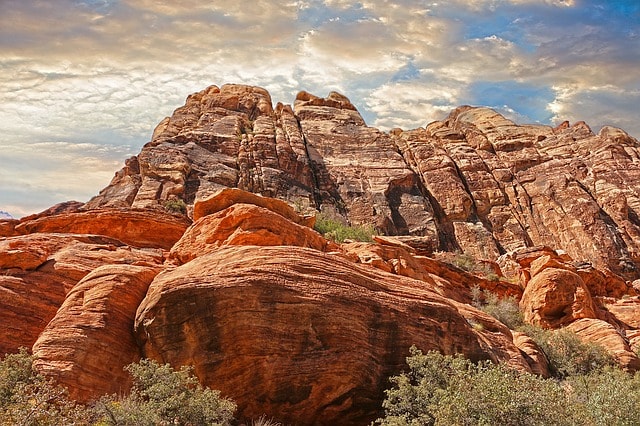15+ Surprising Lithosphere Facts For Kids
Earth’s Lithosphere can be best defined as a solid shell or a crust that protects the earth. So, in a way, the lithosphere protects the Earth just as an eggshell protects the egg yolk. Right below the lithosphere, there’s yet another layer known as the asthenosphere. This is a weak, hot, and fairly deep part…

